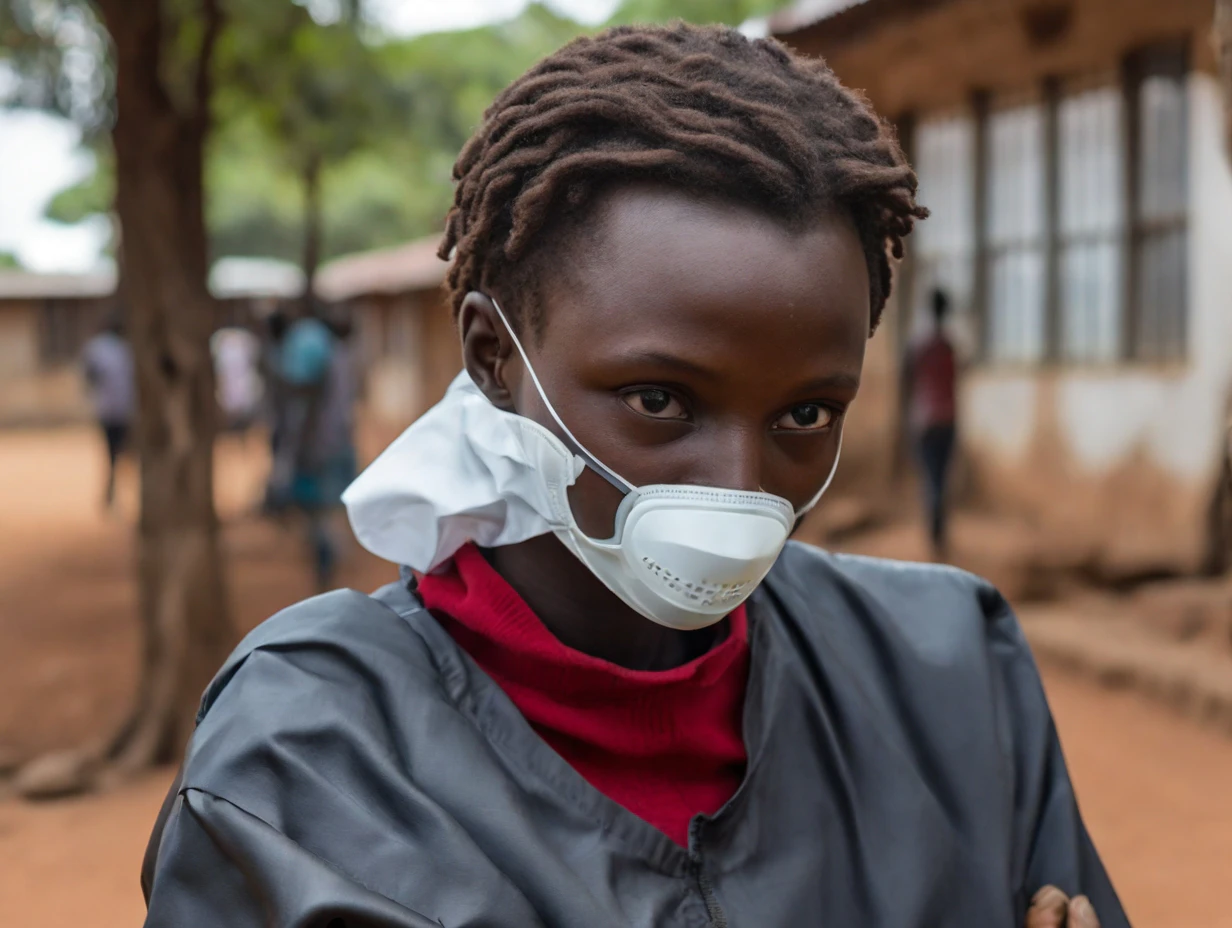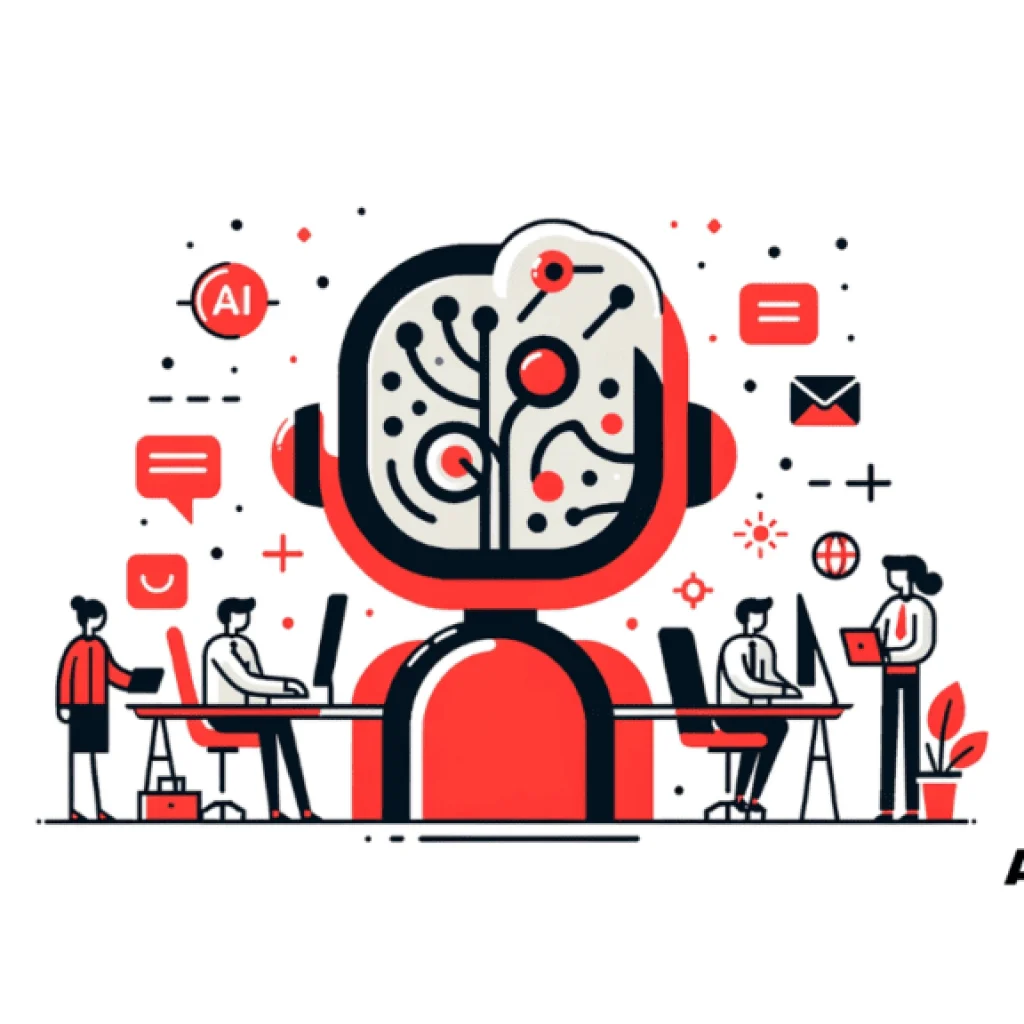In a radical move, scientists at the Kenya Medical Research Institution (KEMRI) are leading the proactive invention of a computerized application where AI can diagnose tuberculosis (TB) and other respiratory disorders. The project will be headed by Dr. Videlis Nduba and his fellow healthcare professionals who are pushing for a revolution in healthcare technology. This can considerably positively impact TB cases’ diagnostic and treatment outcomes.
Innovative approach to TB diagnosis
At KEMRI, the researchers take up the task of patiently collecting cough samples from both the people who have and have not got diseases of the respiratory system, including cases of tuberculosis. Subsequently, they analyze the sound of coughing taken by science devices like smartphone microphones. The software is designed to differentiate coughs resolving without TB from those comorbid with TB infections via a machine-learning approach powered by ResNet 18, a technology pioneered at the University of Washington.
Dr. Nduba advocates for intense confirmation of TB diagnosis and its profound effect on TB treatment. The problem is that at present, the time from the appearance of symptoms to diagnosis varies from several months to 1 year, and customers with such disease can still infect others while the illness goes undetected. The AI app detects TB cases swiftly; thus, the patients receive immediate treatment, thereby helping to bring transmission rate inoculation to a significant extent.
Striving for accuracy and regulatory approval
Nevertheless, even in its premature stage, the system has proven effective and has yet to be approved by the World Health Organization (WHO). According to the WHO, at least 90% of TB infections must be detected, and at least 80% of the likelihood of having TB could be ruled out.
The pilot implementation resulted in the detection of 80% of tuberculosis cases and the rate of 70% for excluding the disease from the list of possible causes, so the improvement of the technology in the trade-off line with WHO recommendations is required.
Johnson Munori, a former TB patient, was part of immunotherapy. In contrast, the latter is based on molecular medicine, in which the anticancer drugs are designed based on mutations. Thus, the effectiveness of these two treatments varies depending on factors such as tumor type, stage, and mode of delivery. His expertise emphasizes the role of the creativity approach as a key to providing realistic solutions for overcoming infectious diseases.
AI is a rapidly rising and hearable factor in medical health. According to Jarim Omogi, a public health specialist at Amref International University, can fasten the nursing of patients. Omogi’s call for treatment affordability and cost-effectiveness, while AI is paramount, is an eye-opener, and data provision is time-sensitive, showcasing AI integration in healthcare practice.
The project, funded by the National Institutes of Health (NIH), is projected to effect a paradigm shift in diagnosing TB, thus managing the disease. Yet, this communication tool has not received regulatory approval, revealing the importance of prudential evaluation and implementation of the existing rules before its use.





